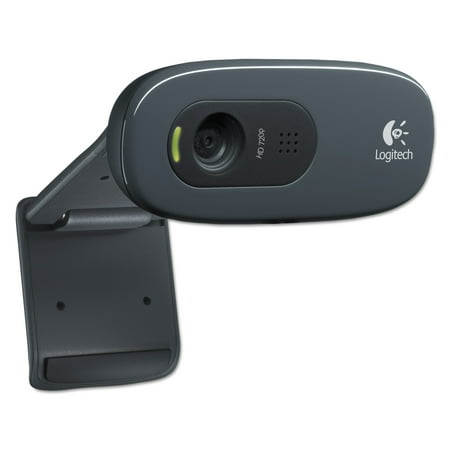ARRIS SURFboard (32×8) DOCSIS 3.0 Cable Modem. Approved for XFINITY Comcast, Cox, Charter and most other Cable Internet providers for plans up to 600 Mbps. (SB6190)
Building upon the success of the SB6121, SB6141 and SB6183 models the ARRIS SURFboard SB6190 Cable Modem enhances your personal media experience at lightning-fast broadband speed. It harnesses the power of DOCSIS 3.0 technology to bond up to thirty-two downstream channels and eight upstream channels. This DOCSIS 3.0 cable modem provides you advanced multimedia services with data rates up to 1.4 Gbps download and 131 Mbps upload depending on your Cable Internet provider service. It makes streaming HD Video, gaming, shopping, downloading, working and more functions far more realistic, faster and efficient than ever before. This 32×8 cable modem is compatible with major US cable internet providers. It includes a Gigabit Ethernet port to connect it to your computer or router. The ARRIS SURFboard SB6190 Cable Modem supports IPv4 and IPv6.









ARRIS SURFboard SB6190 DOCSIS 3.0 Cable Modem:Download speeds up to 1.4 GbpsDOCSIS 3.0 cable modem is a wired modem only that does not include WiFi or VOIP telephone adapter.32 download x 8 upload channels32x8 cable modem supports IPv4 and IPv6 Internet browsing standardsCompatible with major US cable Internet providers such as Xfinity from Comcast, Spectrum (Time Warner, Charter, Brighthouse), Cox and many othersARRIS SURFboard SB6190 Cable Modem harnesses the power of DOCSIS 3.0 technologyGigabit Ethernet port to connect to computer or RouterDOCSIS 3.0 cable modem can provide up to 131 Mbps upload speed depending on the internet providerColor: whiteWeight: 1.13 lbs32x8 cable modem improves streaming HD Video, gaming, shopping, downloading, working and moreCable internet service required. Does not inlcuded Wi-Fi and does not support cable digital voice service.





Reviews
There are no reviews yet.